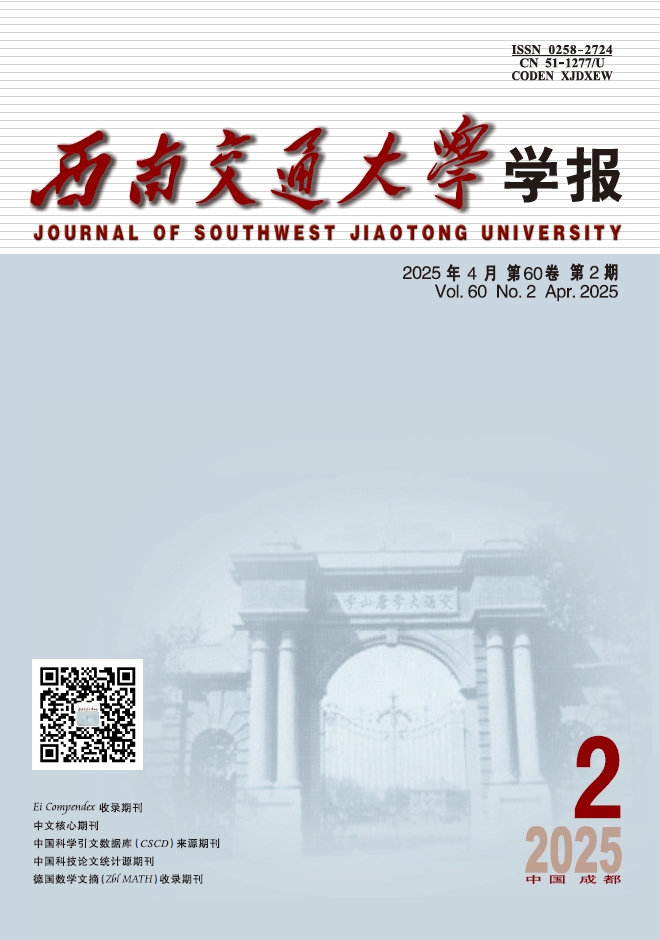2017 Vol. 30, No. 3
Display Method:
Characteristics and Suppression Neasures for Soft Flutter of Main Girder with П-Shaped Cross Section
2017, 30(3): 458-465.
doi: 10.3969/j.issn.0258-2724.2017.03.004
Abstract:




 Advance Search
Advance Search
 Email alert
Email alert RSS
RSS [Abstract]
[Abstract] Supplements
Supplements [Cited By]
[Cited By]